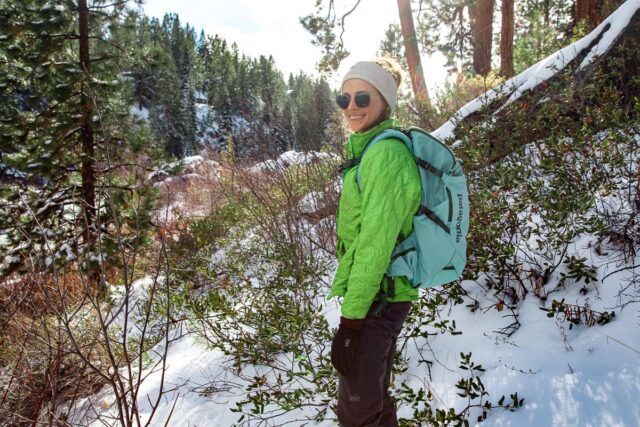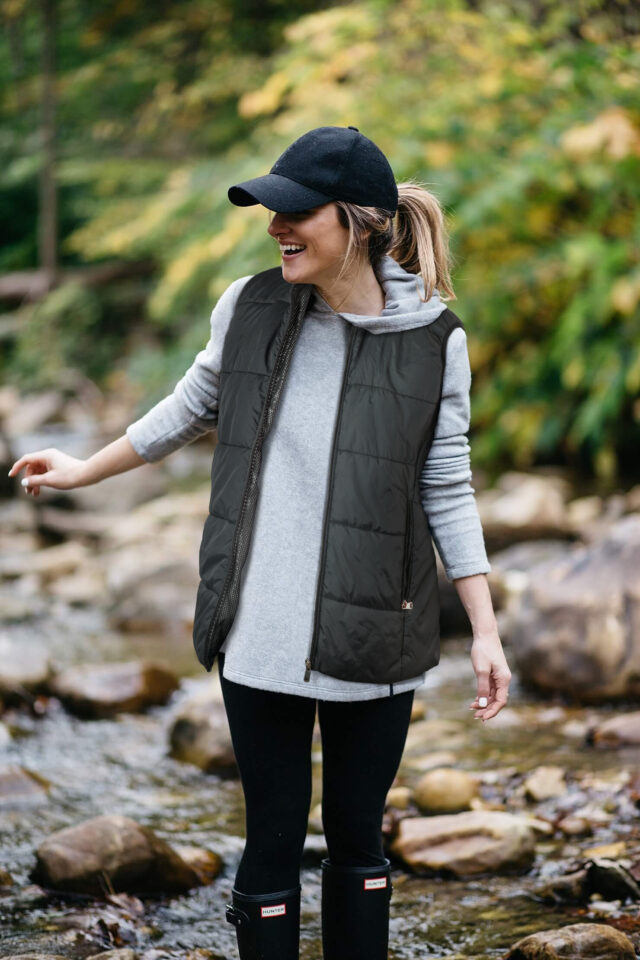
Hiking is an engaging free time that also bears some health benefits. We also get to experience nature through hiking and enjoy some change of environment. However, we should be careful when the weather of our hiking location isn’t quite as accommodating. Cold-weather hikes require some preparations that can make a difference between an enjoyable and troublesome experience. Let’s check them out.
1. Cover as much skin as possible
Whenever our skin is exposed to cold weather, it starts to get frostbitten. Frostbite is very uncomfortable and can get troublesome and dangerous at times. Leaving your hands, feet, or face exposed even slightly can cause problems during a hike. Frozen feet and hands can lead to injuries due to our range of motion being limited or actions feeling too painful to perform.
Cover up as well as you can, aiming to patch up any bit of exposed skin with appropriate gear. However, make sure the gear you wear isn’t too tight because this can cause poor circulation. This is no less of an issue than the cold itself, making our bodies worse at keeping us warm.
2. Layer yourself appropriately

It’s exceptionally important to put a few layers on yourself when going cold-weather hiking. Each layer will have a different function in keeping our body warm, helping us avoid the cold weather. To maintain a warm enough body, you’ll need three layers.
The base layer includes lighter clothing that will gather sweat, remove it from our skin, and spread it throughout our clothing. This is important for maintaining heat as sweat can cool our body down, making it more susceptible to the elements.
The middle layer is used to prevent the cold itself. This layer will usually be what prevents the cold from getting to our bodies. It includes heavier clothing like sweaters that can insulate the body from cold. This layer may also include items like unisex warming heated vest, which aim to heat up your body directly for a better experience during a hike.
The last layer is the outer layer which prevents snow, moisture, and wind from getting to the other layers. If it wasn’t for the outer layer, the ones closest to our body could become wet and lose their purpose. Sometimes this can lead to detrimental effects where the clothes are now cooling our body due to the wetness in them, which can be very dangerous when hikes go on for a longer time.
3. Adjust clothing as hike progresses
Not every cold-weather hike is the same. Some may take place in mountain ranges with nigh zero temperatures, while others are just slightly chilly. Being overdressed can be as dangerous as being underdressed when it comes to our health.

As you ascend and descend the hike, change your clothing to suit your purpose. A slight chill may not necessitate bundling up in a jacket. Said jacket may be counterproductive in some cases, as we’ve noted getting sweaty can reduce temperature, which isn’t desired. Knowing how to adjust temperature is key to keeping your body’s temperature high.
Hats and similar gear that protects sensible parts of your body shouldn’t be haphazardly removed to adjust the heat. These pieces of clothing present a consistent source of protection from the more passive cold we experience during hikes, so keeping them on is recommended.































